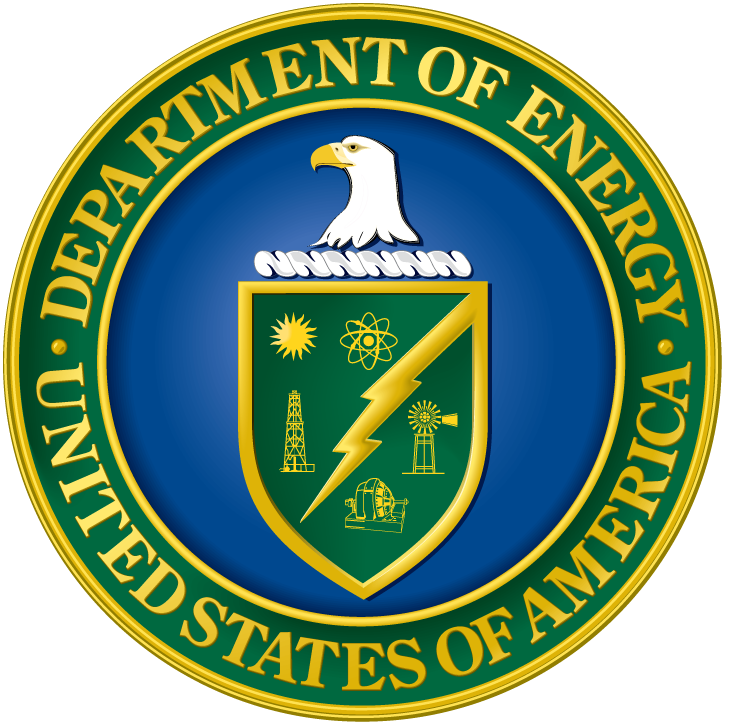Part 1 of 2 Parts
The U.S. maintains a huge archive of nuclear data at the National Nuclear Data Center (NNDC) at the U.S. Department of Energy’s (DoE) Brookhaven National Laboratory. An intern named Pedro Rodriguez and his mentor, David Brown, are working at the archive on solving a seventy-year old problem in nuclear physics. The project is made possible by the DoE Science Undergraduate Laboratory Internship program and administer by the Office of Educational Programs at Brookhaven.
Nuclear fission reactors are driven by the splitting of atoms. Neutron are subatomic particles that have no electrical charge. In a reactor, neutrons are fired at atoms of fissionable nuclear fuel such as uranium and/or plutonium. This causes the heavy nuclear fuel atoms to split apart into to smaller atoms and also generates some excess neutrons. Some of these extra neutrons then hit other atoms causing them to fission and release more neutrons to continue the fission process. This is known as a nuclear chain reaction.
In order for scientists to determine whether a chain reaction will occur under the normal operating conditions inside a reactor, they have to calculate the area of the neutron “cross section”. If an incoming neutron hits inside the circular area of the cross section centered on the target atom, then fission occurs and the nuclear chain reaction continues. If the neutron misses the cross section, then fission does not occur, and the nuclear chain reaction stops. In nuclear physics, the probability that neutron will hit a target atom and cause it to fission can be described by a mathematical representation of the cross section of the nucleus of the target atom.
These mathematical cross sections lie at the intersection of theory and experiment. The calculations are based on certain conditions. These conditions include the energy of incoming neutron and the angle of the scattered neutrons. These computer models can then be compared to the measurements which were made in the laboratory. This allows the researchers to verify the accuracy of the underlying theory.
The biggest reaction cross sections are usually found at distinctive neutron energies that result in states that have relatively long lifetimes when a neutron is first absorbed by a nuclear. The energies that lead to the formations such “compound nuclei” are referred to as nuclear resonances. Brown says that “When you hit one of these resonances, the effective target area of the nucleus jumps dramatically, and that increases the likelihood of starting a chain reaction. So, we want to know where these resonances are because knowing where the resonances are helps to more easily predict and control nuclear reactors.”
By using statistical behavior provided by nuclear theory to analyze these neutron resonance energies, Brown and Rodriguez can calculate neutron reaction cross sections more easily. Brown says, “If you don't get those numbers correct, you don't get the shape of the cross section right as a function of energy, and you can't model your reactor right.”
Please read Part 2 next
